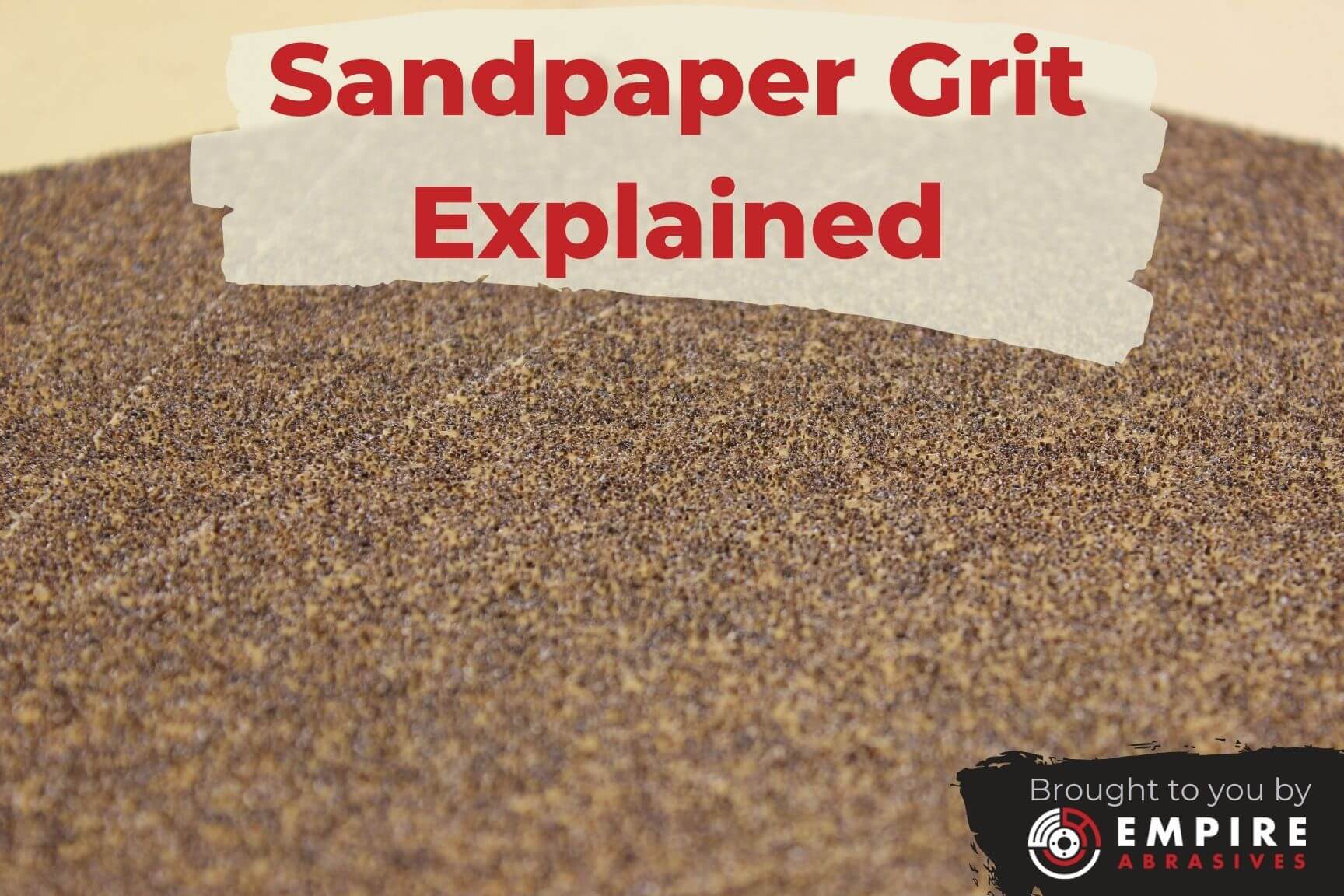Sandpaper is a paper that has been impregnated with grit. The purpose of sandpaper is to remove material from surfaces, typically wood.
The type of grit used in sandpaper is determined by the intended use of the sandpaper.
Coarser grits are used for removing large amounts of material quickly, while finer grits are used for finishing work.
The grade of the abrasive determines how aggressive the sanding will be. A higher grade abrasive will remove material more quickly but may also leave behind deeper scratches.
A lower grade abrasive will remove material more slowly but will produce a smoother finish.
If you’re new to woodworking, or even if you’ve been doing it for a while, understanding sanding abrasives and grits can be confusing. There are so many different types and sizes of abrasives available, and each one is designed for a specific purpose. In this blog post, we’ll help you understand the different types of sanding abrasives and what they’re used for.
The first thing to know about sanding abrasives is that they come in two basic varieties: natural and synthetic. Natural abrasives include materials like garnet, emery, and pumice. Synthetic abrasives are typically made from silicon carbide or aluminum oxide.
Grit size is another important consideration when choosing sanding abrasives. The higher the number, the finer the grit; lower numbers correspond to coarser grits. For most applications, you’ll want to start with a coarse grit (around 40-60) to remove any major imperfections in the wood surface, then move on to progressively finer grits until you achieve the desired level of smoothness.
Keep in mind that different types of wood will require different types of sandpaper – softer woods like pine or fir can be scratched more easily than harder woods like oak or maple. If you’re unsure which type of paper to use, ask a salesperson at your local hardware store for guidance.
Finally, don’t forget that there’s more to a good finish than just using the right sandpaper – proper technique is also important!
Be sure to apply even pressure across the entire surface area and move in straight lines rather than circles. With a little practice (and patience), you’ll be able to achieve amazing results!
Sanding Technique and Grits – 2 Minute Tuesday
Table of Contents
Which is Finer 180 Or 120 Grit?
There is a lot of debate over which grit size is better for sanding projects, but it really depends on the project you’re working on. If you’re looking for a smooth finish, then 120 grit paper will be your best bet. However, if you’re trying to remove a lot of material quickly, then 180 grit paper will be more effective.
Ultimately, it’s up to you to decide which grit size is right for your project.
Which is Finer 40 Grit Or 80 Grit?
If you’re wondering which is finer, 40 grit or 80 grit, the answer is simple. 80 grit is much finer than 40 grit. In fact, 80 grit sandpaper is twice as fine as 40 grit sandpaper.
This means that it will remove material more slowly and leave a smoother finish.
Is 80 Grit Smoother Than 120 Grit?
When it comes to sandpaper, the lower the number, the coarser the paper. So 80 grit is rougher than 120 grit. The higher number means a finer abrasive, which will create a smoother surface.
Can You Go from 80 Grit to 220 Grit?
In general, it is not recommended to go from 80 grit to 220 grit without skipping a few steps in between. The reason for this is that the 80 grit paper is too coarse and will leave deep scratches in the wood that will be difficult to remove with finer sandpaper. It is better to start with a medium grit paper like 120 or 150 and work your way up to the finer papers.

Credit: www.empireabrasives.com
What is 220 Grit Sandpaper Used for
If you’re looking for a versatile type of sandpaper, then 220 grit sandpaper is a good option. Thismedium-grade paper can be used for a variety of tasks, such as smoothing wood surfaces, removing paint or varnish, and even polishing metal.
Here are some tips on how to use 220 grit sandpaper:
– When sanding wood, start with a coarse grit paper (60 or 80) to remove any roughness. Then move on to a finer grit paper like 220 to achieve a smooth finish.
– If you’re removing paint or varnish from wood, use 220 grit sandpaper wetted with mineral spirits.
This will help prevent the paper from clogging up too quickly.
– To polish metal surfaces, first use a rougher grit paper to remove any imperfections. Then switch to 220 grit sandpaper dry for final finishing touches.
Conclusion
Sanding is a process of using abrasive materials to smooth out surfaces. There are different types of sandpaper, each with its own grit level. The higher the grit, the finer the sandpaper.
Sanding is usually done before painting or staining a surface. It can also be used to remove paint or varnish from a surface.
